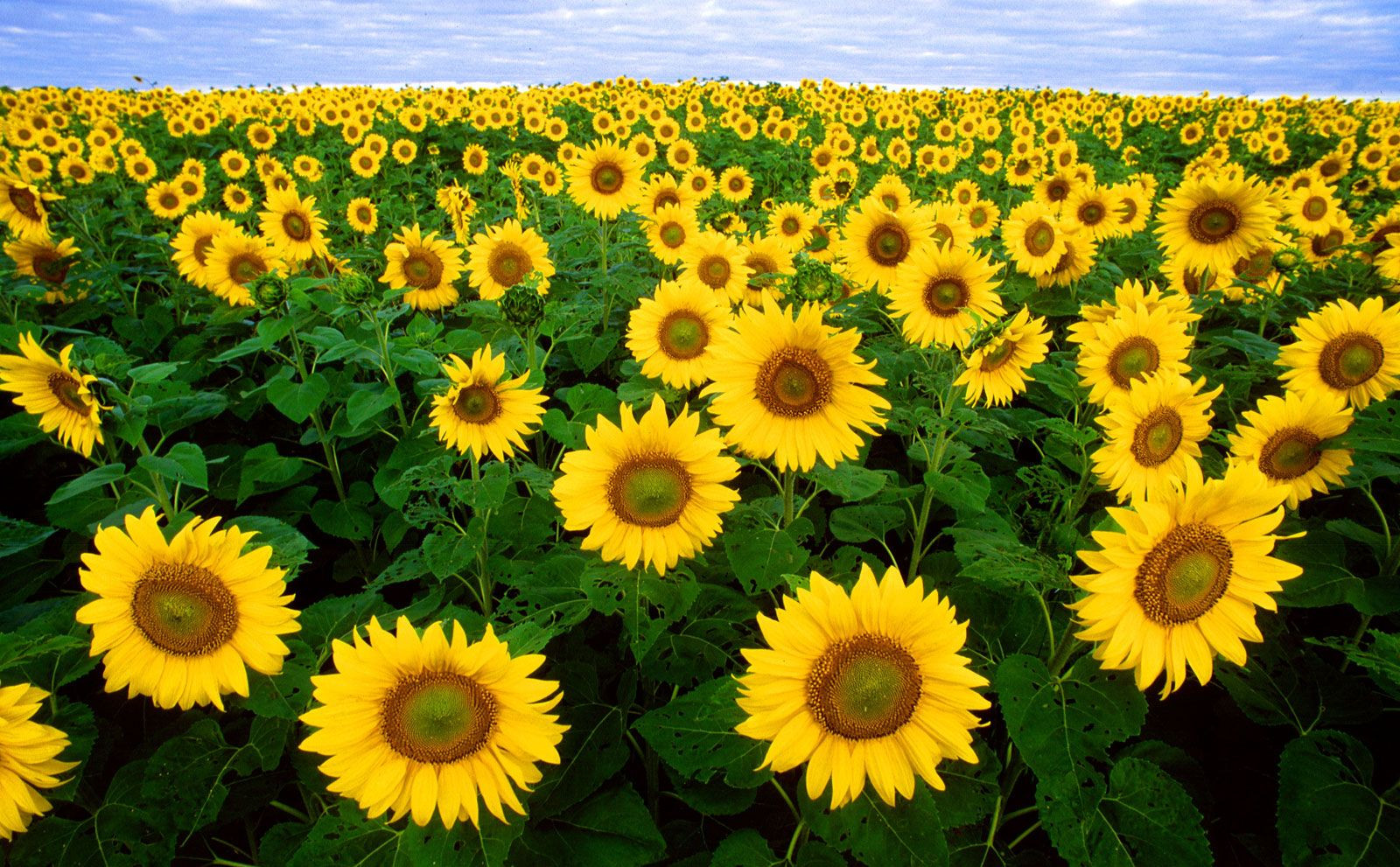Fargo, the largest city in North Dakota, is situated in the southeastern part of the state, serving as the seat of Cass County since 1873. It uniquely straddles the border with Minnesota, located on the western bank of the Red River of the North, directly opposite its sister city, Moorhead, Minnesota. This strategic location has been pivotal to Fargo’s growth and development throughout history.
Fargo’s Geographical Location and Setting
To pinpoint exactly where Fargo is, visualize the fertile plains of southeastern North Dakota. Here, along the Red River, which forms the state boundary, you’ll find Fargo. Its coordinates are approximately 46.8772° N latitude and 96.7898° W longitude. The city’s landscape is characterized by the flat, rich soil of the Red River Valley, renowned for its agricultural productivity. This geographical setting has deeply influenced Fargo’s economy and culture, making it a central hub for the surrounding agricultural region.
A City Forged by History and the Railway
Fargo’s origins are closely tied to the westward expansion of the Northern Pacific Railway. Founded in 1871 at a crucial river crossing point, the city was initially a vital outfitting post for pioneers. Its name honors William George Fargo, a significant figure in Wells, Fargo & Company. The arrival of the railway and steamboat facilities transformed Fargo into a key transportation, marketing, and distribution center. The region’s booming wheat industry further solidified Fargo’s importance, attracting numerous Norwegian immigrants to cultivate the fertile lands.
Fargo: An Economic and Industrial Center
Today, Fargo stands as the economic powerhouse of North Dakota. Located within the state’s leading agricultural county, it remains a significant producer of soybeans, sugar beets, wheat, corn, sunflowers, beans, and barley. Beyond agriculture, Fargo boasts a diverse industrial sector, including the manufacturing of farm equipment, construction machinery, and software development. Beet-sugar processing also plays a vital role in the local economy. North Dakota State University, established in Fargo in 1890, contributes significantly as a renowned center for agricultural research and innovation.
 Sunflower field in Fargo, North Dakota
Sunflower field in Fargo, North Dakota
Culture, Attractions, and Modern Fargo
Fargo is more than just an economic hub; it’s a vibrant cultural center. Home to the Fargo-Moorhead Symphony Orchestra and the Fargo-Moorhead Civic Opera, the city offers a rich arts scene. The Plains Art Museum showcases regional folk and Native American art, while Bonanzaville USA in neighboring West Fargo provides a glimpse into the area’s 19th-century farming heritage. Other notable attractions include the Red River Zoo, the Fargo Air Museum, and a museum dedicated to baseball legend Roger Maris.
As a modern city, Fargo continues to grow and evolve. Adjacent West Fargo is a rapidly expanding suburban area, contributing to the larger Fargo metropolitan area’s dynamic growth. In 2020, Fargo’s population reached approximately 125,990, with the metro area encompassing around 249,843 residents. This makes Fargo a significant urban center in the Upper Midwest.
In conclusion, Fargo is strategically located in southeastern North Dakota, on the Red River bordering Minnesota. Its historical roots as a railway town, combined with its agricultural prominence and growing industries, have shaped Fargo into the thriving and culturally rich city it is today. Understanding where Fargo is geographically provides context for appreciating its significant role in North Dakota and the wider region.
